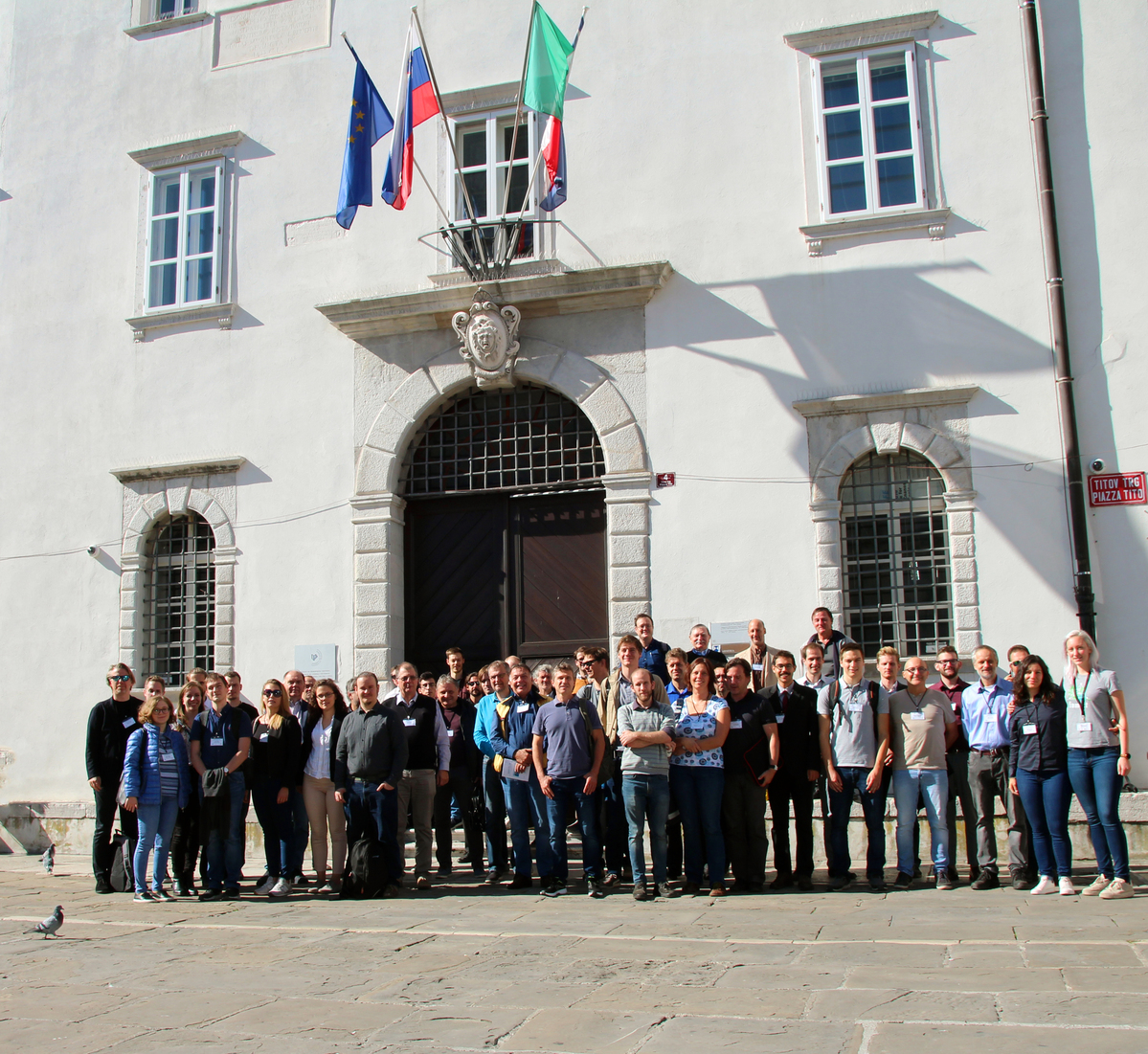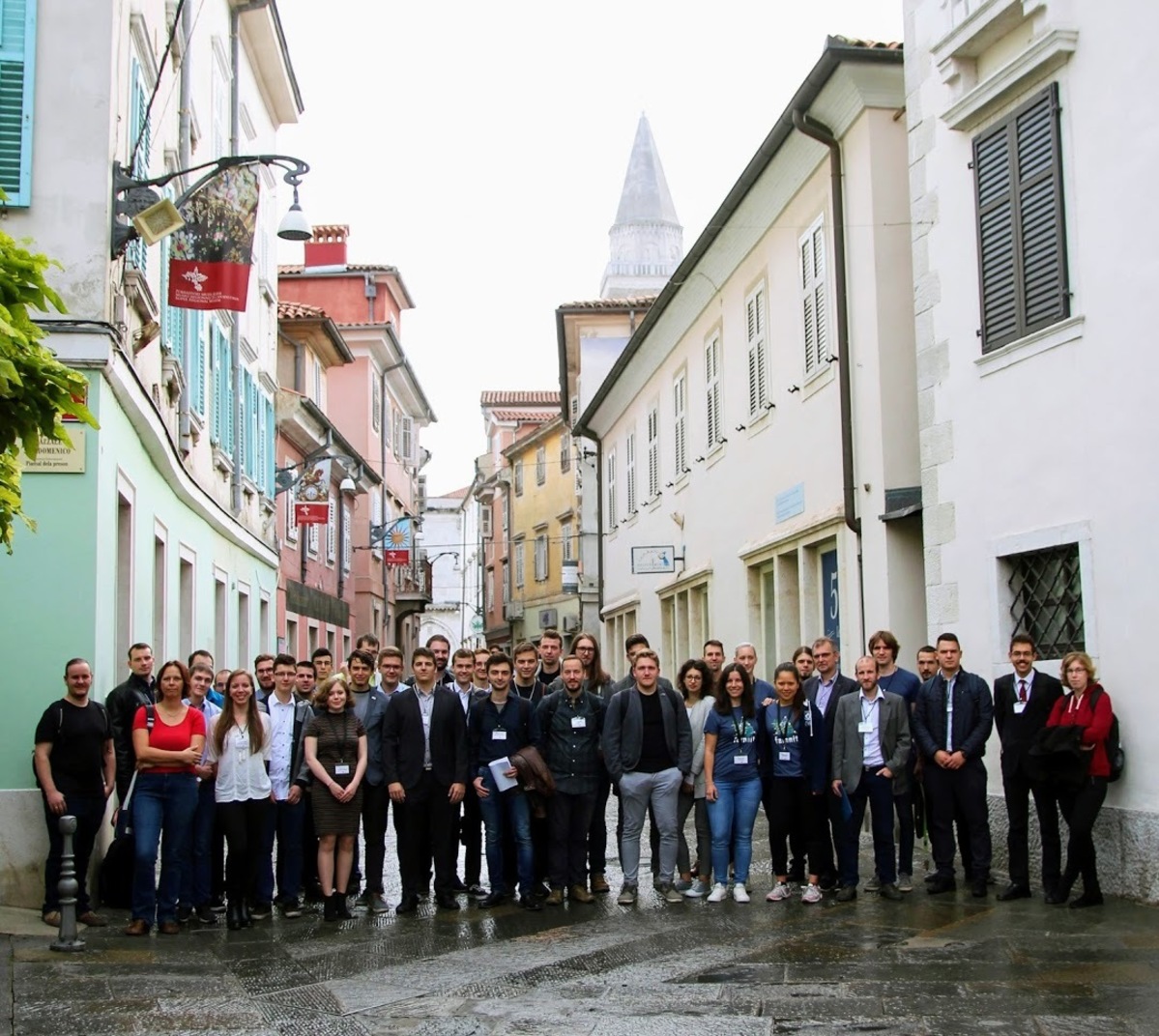Wednesday, 16 October 2019 Theoretical computing for solving practical problems
UP FAMNIT hosted two international conferences: MATCOS-19 and StuCoSReC 2019
Last week, two conferences were held at UP FAMNIT at the same time: on Thursday morning we started with StuCoSReC 2019 (Student Computer Science Research Conference) and continued with MATCOS-19 (Middle-European Conference on Applied Theoretical Computer Science).
The two-day conference MATCOS, which takes place every three years, was organized by UP IAM, UP FAMNIT and InnoRenew CoE. This year, we had two goals: first, to present ideas and solutions in the field of theoretical computing that have been directly used in real-world applications. And second: to gather theoretical results based on ideas that can be used to solve practical problems. Topics have covered the following areas: algorithms and data structures, computational complexity, optimization, artificial intelligence, machine learning to graph theory and computer geometry.
Short introductions were this year’s novelty. “This turned out to be a great idea, as we enabled higher number of participants at the conference and an exchange of ideas between them," said the chair of the organizing committee, Assist. Prof. Rok Požar, PhD. A total number of 21 regular and 16 short contributions were held in two parallel sections. "This allowed more time for discussion among more than 50 participants, who came from Slovenia, Austria, Germany, Romania and Hungary," added Rok Požar.

Before MATCOS-19, over 40 students together with their mentors from more than 10 Slovenian and foreign institutions attended StuCoSReC 2019. The conference was organized by University of Primorska, University of Ljubljana, University of Maribor, and Jozef Stefan Institute with the support of ACM Slovenia (Association for Computing Machinery) and it was held in conjuction with the 22th International Multiconference Information Society.
The purpose of the student conference was to encourage both doctoral and master's students of computer studies to active research work. The main goal was to create a space where students can present their research work and this year they delivered 19 research projects and two posters. Among 22 accepted contributions for conference proceedings, 4 were written in Slovenian language.
Topics were quite different: from classical theoretical computing (optimization problems, automata etc.) and artificial intelligence to other innovative and applied projects (game strategies, word marking, stock trading tools, analysis of bat behavior, football forecasting winner etc.).
Another important purpose of the conference was to create an environment where students from different institutions meet, get to know each other, exchange ideas, and start new research collaborations. StuCoSReC is open for foreign students as well, and this year around half of the participants came from abroad. Of course, socializing and networking was very important and useful part of the meeting, since young researchers had the chance to exchange good practices and shared valuable advices.





